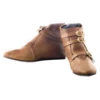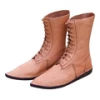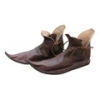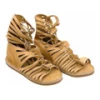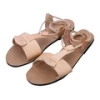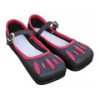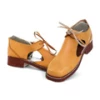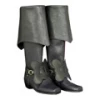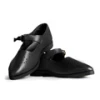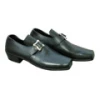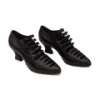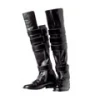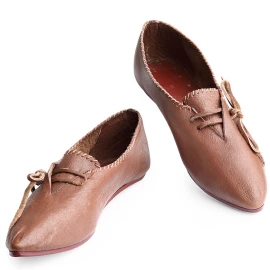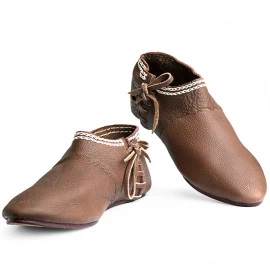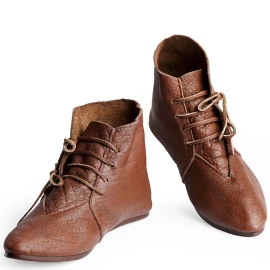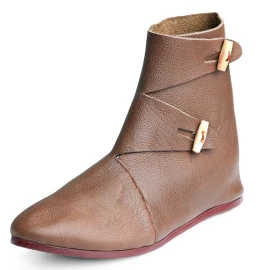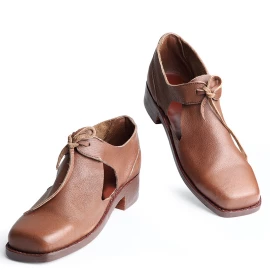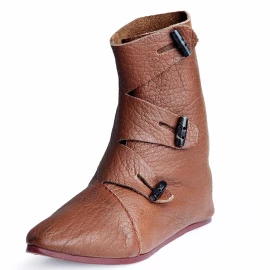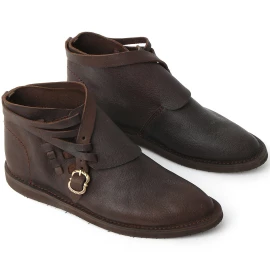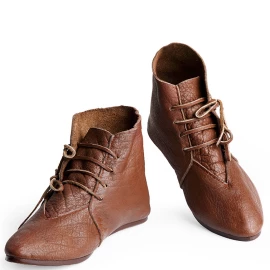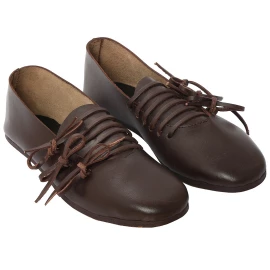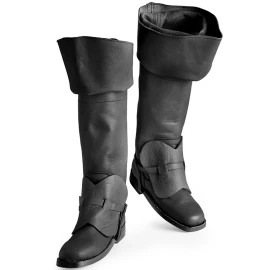
Footwear
Discover historical shoes and boots, handmade by expert Czech shoemakers or sourced from trusted international suppliers. Most of our footwear is crafted from high-quality genuine leather, though other materials are sometimes used to achieve specific styles. Looking for the perfect pair of shoes or boots for a LARP, cosplay or historical event? We offer a wide range of shoes, including Roman footwear, medieval shoes, Gothic shoes, Baroque shoes, Art Nouveau designs, other historical boots, and much more.
Filter products
Footwear
Are you already a happy owner of a beautiful historical costume? If yes, then you will need the right shoes to complete your historical look! We can even coat your historical shoes with the same fabric, what is your costume made from! Do not hesitate to contact us and send us a fabric to cover your shoes with. If you cannot find the right shoe model, you can send us a picture or drawing. We would make a new model historical shoes or historical boots according to this material for you.
Sandals tied to calves were worn for a long time in the Middle Ages. People from upper social classes started to wear closed shoes. Shoes with extra-long point were worn in the Gothic period. Simple low shoes were preferred during the Italian Renaissance. The points of the shoes were slightly pointed or rounded. The shoes with flattened points called “Cow-mouth-shoes”.
Gentlemen wore leather boots with bevelled points in the Baroque period. These boots are called “Musketeer boots”. Ladies wore low decorated shoes with heels.
You will find many various types of historical footwear in our internet store. We have sorted them out for you into the following categories: Roman and Romanic shoes, huaraches, Early Medieval shoes, Medieval shoes gentlemen and ladies, leather sandals, turn shoes, Gothic shoes, “Cow-mouth” shoes, ankle boots, boots, heel shoes, Musketeer boots, low shoes, baroque shoes, Art Nouveau shoes and other shoes.

